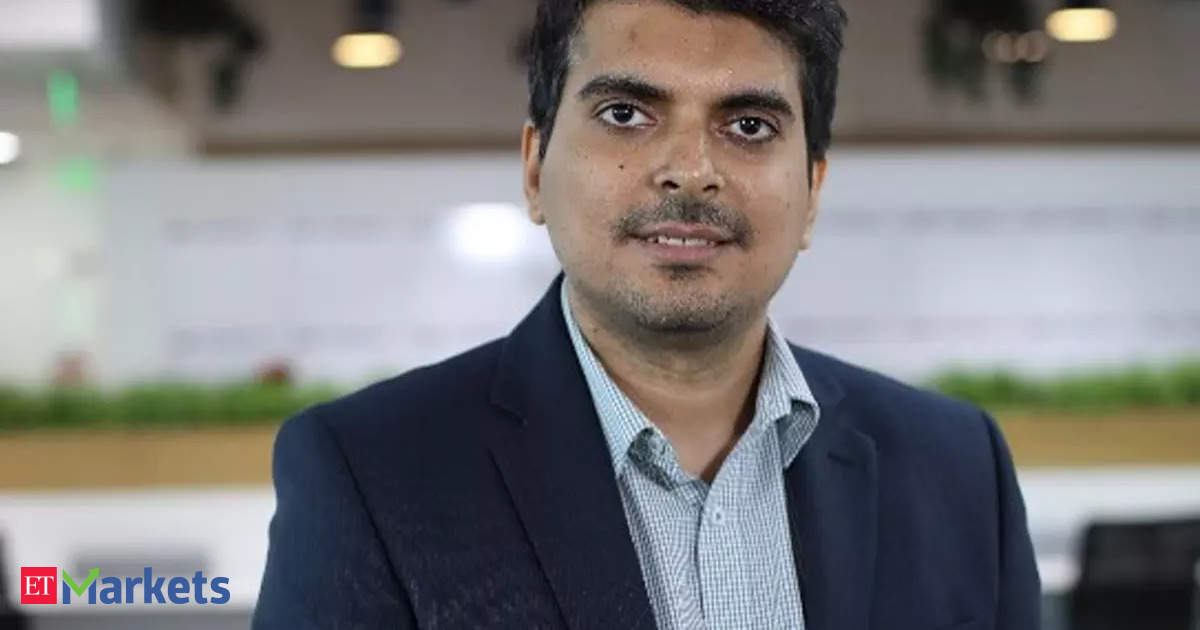Siddhant Chhabria, Fund Manager at Mirae Asset Investment Managers, shares his insights on the long-term growth prospects of consumer discretionary, new-age, and building materials sectors. He points out the moderation in real consumption growth and the increasing focus on discretionary items. Chhabria also discusses the uneven recovery in consumption after the Covid pandemic, with upper middle class consumers driving demand for luxury products. He highlights the opportunities in the real estate upcycle and the potential of building materials as a proxy to play the upcycle. Chhabria emphasizes the attractiveness of the consumer theme and the key drivers behind its growth, such as India’s demographic dividend and rising urbanization.
In the context of the Household Consumption Expenditure Survey, Chhabria highlights three key takeaways. First, the real consumption growth has moderated from 13.3% CAGR in 2005-12 to 8.8% CAGR in 2012-23, primarily due to the impact of the Covid shock. However, the share of consumption within GDP has increased from 56.2% in FY12 to 58.5% in FY23. Second, rural consumption has grown at a faster pace than urban consumption in the last decade, narrowing the gap in rural-urban spending. Third, there has been a significant shift in the consumption basket, with a rise in income levels leading to faster growth in discretionary items. Chhabria explains that the rising per capita income and favorable demographics provide long-term growth visibility for consumer discretionary firms.
Chhabria also discusses the key trends in the consumer sector post-Covid. He mentions the K-shaped pattern of recovery in consumption, with upper middle class consumers experiencing a faster pace of growth compared to the lower middle class. This has resulted in robust demand for luxury and premium products, while mass products are yet to fully recover from the Covid shock.
When asked about the relevance of investing separately in a consumption fund, Chhabria explains that consumption is one of the most attractive investment opportunities in India. He highlights the favorable demographic profile of India, with a young and growing working-age population. He also points out that the weight of the consumption sector in aggregate will not be meaningful in a diversified fund, making a dedicated consumption fund a better option for investors.
Looking ahead, Chhabria expects a pickup in consumption in the next few quarters as the inflationary headwinds recede and there are likely cuts in interest rates. He believes that while the recent slowdown is transitory, the structural drivers like favorable demographics, higher per capita income, and urbanization will continue to drive long-term growth in consumer discretionary firms.











